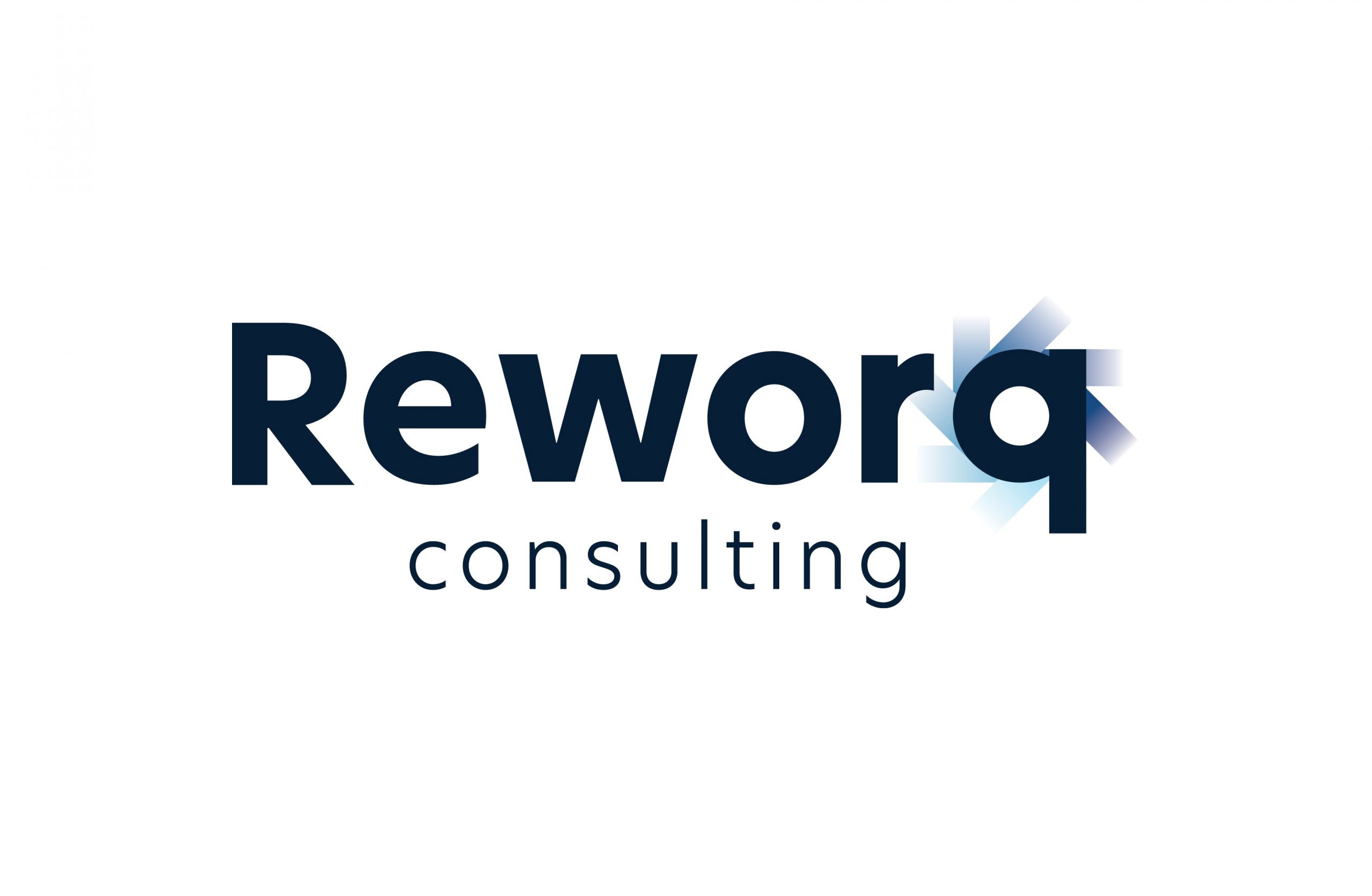In the pursuit of organisational excellence, it is required for Executives to examine their current business environment and the pursuit of existing market opportunities but even more importantly is to explore their internal capabilities (that impedes progression). This sets the Strategic Roadmap framework for establishing the symbiosis between two (2) key objectives:
- Defining an organisation’s strategy.
- Translating this vision into actionable planning and business-driven projects to achieve future goals.
Executive leadership should be laser focussed on project deliverables and attention on achieving key milestones. However, to achieve this transition from “vision” to “execution,” an organisation must define its own unique Strategic Roadmap. So why is this fact so critically important?
The immediate need for effective strategic planning is crucial for all organisations There’s often an obvious element of interpretation and that is the gap between company vision and project execution that Senior Managers overlook in managing their day-to-day processes. Projects are often invariably misaligned with overarching business goals and what this demonstrates is excessive costs (internal), time and productivity issues, and a waste of company resources. The problem is that business results often fail to meet stakeholder’s expectations!
This is where a Strategic Roadmap comes into the equation. Roadmaps are the most accurate way to communicate the direction and goals of portfolio, product, and project planning – by enabling the types of innovation and responses that best push an organisation toward its future goals.
Why strategic vision engages your internal team’s motivation and responsiveness?
The strategic vision is an aspirational description of what an organisation wants to achieve or accomplish in the short-term, mid-term or long-term (future). A comprehensive picture and viewpoint of an organisation’s goals and the methodology for achieving those goals. It helps guides the direction of the business strategy and decision-making with understanding – What the organisation stands for? Why does it exist? Where is it heading?
The Strategic Roadmap helps the Executive Management Team and Senior Managers to understand and action the planning on – How to achieve strategic goals? But whilst also explaining their business vision to key stakeholders and employees with the engagement of organisation initiatives.
- It provides a clear and concise roadmap for the organisation’s future (within a specific time) but simultaneously offering a motivating picture of the company’s direction.
- It allows an organisation to identify and respond to environmental changes, set clear goals and priorities, track key milestones, and communicate success, but additionally then allocate sufficient resources to meet those end goals.
- It assists in focusing the organisation’s energy and efforts with ensuring that all its actions can structurally align with its mission and objectives.
Develop strategic vision to influence your value proposition
A strategic vision is essential for the future business direction because it reflects its values, purposes, and goals. Developing and implementing a Strategic Roadmap can be critical to organisational progress, but it takes research, time, engagement, and work.
With developing your organisation’s strategic vision and the conceptual process to define the motivation intent. In hindsight, this usually involves reviewing the following points:
- The organisation’s current position and resources.
- The strengths and weaknesses as a basis for exploring opportunities (for change).
- The opportunities and threats in its industry segment and market environment
- The expectations, needs, and imposition of its key stakeholders (both internal and external).
- Defining the organisation’s goals, objectives, values, and purpose.
- Differentiate from its competitor’s offerings and by alignment to maximising its existing core products or services.
How to align your strategy direction and purpose with implementing a Strategic Roadmap?
Executive Management (or Leaders) of AGILE and resilient teams and their organisations invest in strategy alignment. They understand that it is vital to both building and nurturing an effective team and environment.
Not only does strategic alignment enable decision-making and the ability to execute strategy, but it also instils a common purpose, facilitates drive to increase performance, and deliver on customer expectations. This motivates and unifies an organisation towards future goals. However, this also provides your Executive Manager (or Leaders) with increased confidence for effectively allocating and investing in the various resources that their teams need to execute the unified strategy.
A Strategic Roadmap fosters the communication path between the Executive Management Team and Senior Managers of various business units. It provides a framework for decision-making and prioritisation that is based upon information driven (and backed) by data insights and leads to innovation. In addition, by helping them to align their team’s focus and relevant activities with understanding the organisation’s overall strategy.
Executive Management Team (or Executives)
- Need a Strategic Roadmap to evaluate new activities and determine the project(s) schedule by ranking importance.
- By using the Strategic Roadmap, the outline of the organisation’s overall goals, objectives, and direction are communicated to ensure that Senior Managers and their staff understand the importance of a particular project.
Employees
- The benefits delivered from a Strategic Roadmap helps everyone within the organisation because it provides a shared understanding of the business direction and priorities.
- There exists this shared sense of purpose and focus – they simply know why they are here and acknowledge the value specific to each individual role.
Why Strategic Management links to executing your Strategic Roadmap?

It takes deep thought, critique, and deliberate planning to navigate the move from the panoramic view of – Point A “Where you are now?” to Point B “Where you want to be?”
Organisations that engage in Strategic Management are successful because they commit with aligning their actions or project initiatives with their Strategic Plans. A Strategic Management process establishes ongoing practices to ensure that an organisation’s processes and resources support the Strategic Plan’s mission and vision statement.
In the context of deploying strategic principles, Strategic Management is simply the implementation of the strategy and therefore is referred to as strategy execution – involves identifying benchmarks, allocating financial and human resources, and providing leadership to realise established goals.
Key elements of the strategic systematic process
Whilst the specifics can vary depending on the organisation and its context, creating a strategic vision involves a thoughtful and systematic process. A deliberate approach will include the combination of the key elements of vision, strategy, and a roadmap:
Vision
- Establishes the Change Management journey – Where you want to go? Why it matters?
Strategy
- Captures the goals, initiatives, and your approach for achieving the vision.
Roadmap
- Visualises the Change Management journey – How will you achieve the strategy? What is the timeframe for completion?
Strategic Roadmap v. Tactical Roadmap: What is the actual difference?
Tactics and strategies. Strategies and tactics. When discussing the types of roadmaps, there definitely is a difference!
Strategic Roadmap
- Maps out the long-term initiatives and high-level goals of an organisation.
- Contains more general objectives v. specific objectives.
- Reviewed every quarter-year or half-year periods.
Tactical Roadmap
- Created after the Strategic Roadmap scope has been completed and executed.
- Outlines the specific steps (and actions) required to work toward the organisation’s strategic business goals.
- Typically takes a shorter-term view but reviewed more frequently (think monthly!).
Strategic Roadmap v. Strategy Plan: A unique perspective…
A Strategic Roadmap and a Strategic Plan are essential tools for Project Manager’s to deploy when engaged on Change Management initiatives, but they play vastly separate roles.
If the Strategic Roadmap provides the “What” and “Why,” then the Strategic Plan is all about the “Who,” “When,” “Where,” and “How?” Whilst the roadmap communicates strategic objectives, the plan is the practical tool that drives the roadmap and deals with the day-to-day activities, tactical decisions, and operational matters.
The Strategic Roadmap and Strategic Plan complement each other. Both are essential for turning an organisation’s strategic vision into reality and should work together in harmony, with guiding the organisation toward its future goals and objectives.
Summary
Road mapping is an essential communication tool for visualising, sharing, and adapting your plans for the future of your organisation – the Strategic Roadmap is the missing puzzle to turning strategic vision into reality.
Strategic vision contributes to moving the organisation forward in line with your mission. The best visionary approach is made with insights from all employees, not just the Executive Management Team (or Leaders) and because a vision can only be realised with the whole team’s feedback and support. With all employees involved and committed to their approach, you have a better chance of remaining on track and meeting your business goals.
Your strategic vision produces a Strategic Roadmap – which is more than a tool (think compass!) that navigates your organisation towards its future goals – helping to navigate business challenges by starting from your current state and based on the forecasts made on future market trends and analysis. It can significantly enhance your contributions to your strategic initiatives but acts as the basis for decision enablement, resource allocation, and prioritisation of tasks (and activities) to achieve the desired outcomes.
So, just embrace the change process, pivot your mindset, and chart your course for your new journey towards success!
Need some guidance on your next steps? Let’s start a conversation…



